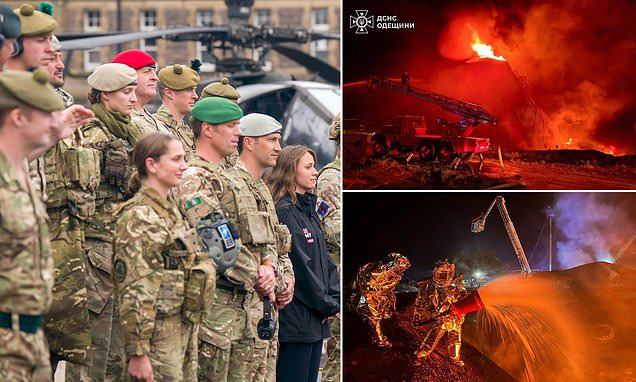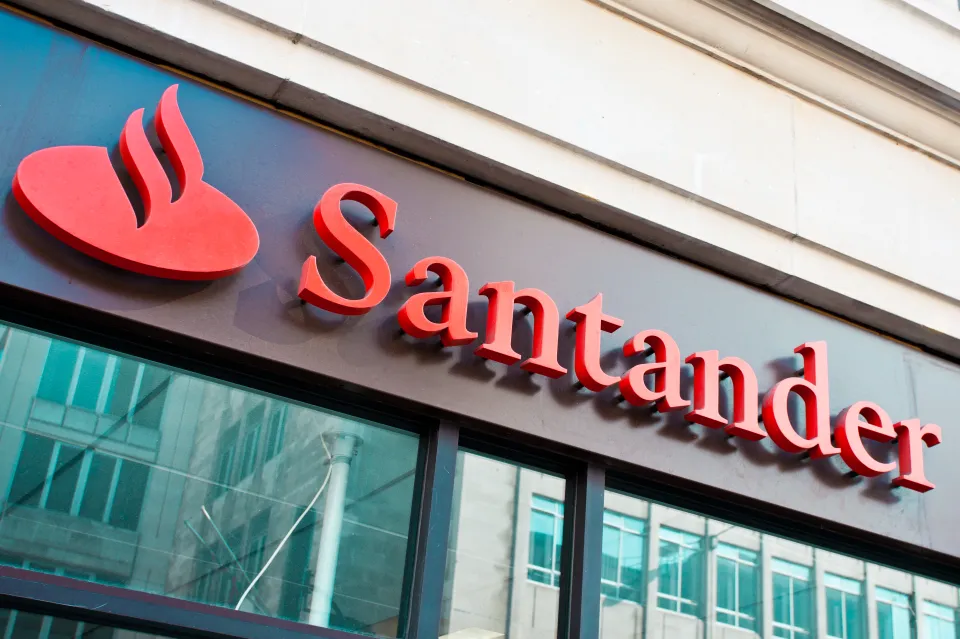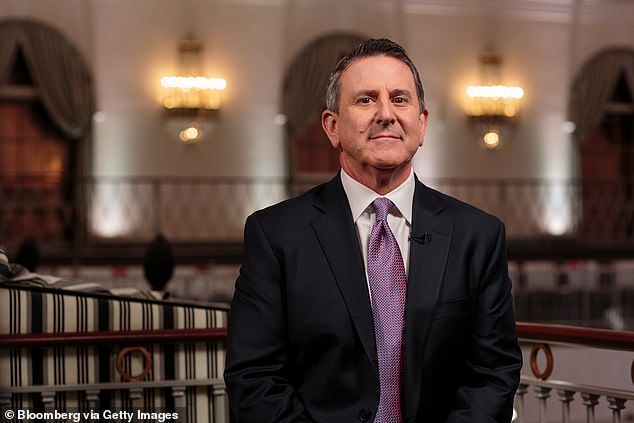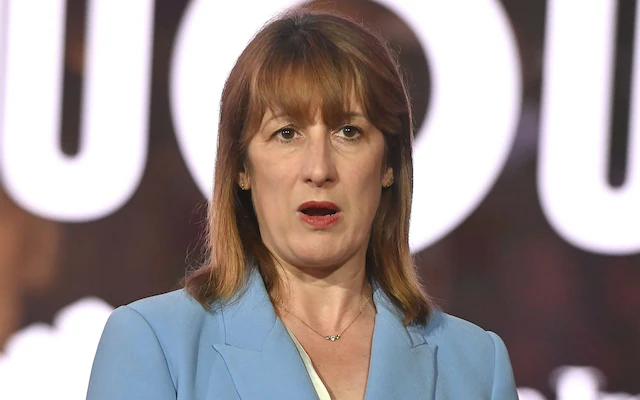The UK is stepping up its role in supporting Ukraine, but it has drawn a clear line—it won’t send soldiers to the front lines against Russian troops.
Admiral Sir Tony Radakin, the UK’s Chief of Defence Staff, is in the United States for high-level NATO talks, where leaders from across the alliance are discussing the next steps in helping Kyiv.
Radakin is expected to confirm that Britain will contribute troops for training, logistics, and securing Ukrainian airspace and ports.
However, he will also stress that Britain has no intention of placing its forces in direct combat with Russia.
The strategy is about strengthening Ukraine’s defense systems without dragging British troops into a direct war zone.
NATO Gathering at a Critical Moment
Around thirty chiefs of staff from NATO nations are meeting to map out what a long-term security deal for Ukraine could look like.
This moment is seen as pivotal, especially as European leaders try to figure out how to guarantee Ukraine’s safety while still keeping the door open for a possible peace deal with Moscow.
While some early discussions floated the idea of tens of thousands of troops, that number has been scaled back.
Concerns across Europe about escalation have pushed leaders to focus on targeted, non-combat commitments like air defense and port protection.
Fresh Russian Attacks Fuel Urgency
Meanwhile, the reality on the ground in Ukraine is grim.
Vladimir Putin unleashed a new wave of overnight strikes, underscoring how fragile the situation remains.
In Okhtyrka, near the Russian border, homes were destroyed and civilians were targeted.
In the Odesa region, Russian missiles and drones hit an oil depot and port facilities, sparking massive fires.
Elsewhere in Kherson, a 70-year-old woman was injured when artillery landed in her village.
These attacks, officials say, were deliberately aimed at civilians—a move that makes the call for stronger security guarantees even louder.
Washington’s Role in the Debate
The United States’ position carries enormous weight in these talks.
President Donald Trump has already shown public support for providing Ukraine with security assurances, especially after his meeting with Ukrainian leader Volodymyr Zelensky and European allies earlier this week.
However, Trump has also been clear: there will be no American combat troops deployed inside Ukraine.
His envoy, Steve Witkoff, hinted that the guarantees might resemble NATO’s Article 5 principle—where an attack on one ally is seen as an attack on all.
But the details are still unclear, and critics are wondering just how far Washington is really willing to go.
Clashing Views on NATO Membership
The question of Ukraine’s future inside NATO remains the most divisive issue.
Trump has already told Zelensky directly that Ukraine will not be allowed to join NATO under any peace deal, a stance that starkly contrasts with the position of many European leaders who have long supported Kyiv’s bid for membership.
Moscow, on the other hand, has consistently warned that Ukraine joining NATO is a red line it will never accept.
For Vladimir Putin, even a limited NATO presence in Ukraine could be seen as provocation.
Analysts believe security guarantees might simply be a pressure tactic against Moscow rather than a genuine path forward.
Britain’s Push for Collective Action
Back in London, Prime Minister Keir Starmer held a call with over 30 world leaders to update them on discussions in Washington.
Britain’s message is clear: it is willing to play its part in safeguarding Ukraine if a peace agreement is signed, but its contribution will remain focused on training, logistics, and protection.
Zelensky himself has said he expects agreements to be finalized within “a week or 10 days,” but many observers remain cautious.
With Putin’s latest strikes and his long-standing opposition to NATO expansion, questions linger over whether Russia will ever accept the terms being discussed.
What Comes Next?
The coming days could be decisive.
NATO leaders are racing to shape a framework that reassures Ukraine while avoiding a direct escalation with Russia.
For Britain, the path forward is clear: stand shoulder to shoulder with Kyiv, but avoid sending troops into combat.
Whether this careful balance will be enough to satisfy Ukraine—or to pressure Moscow into genuine peace talks—remains to be seen.



